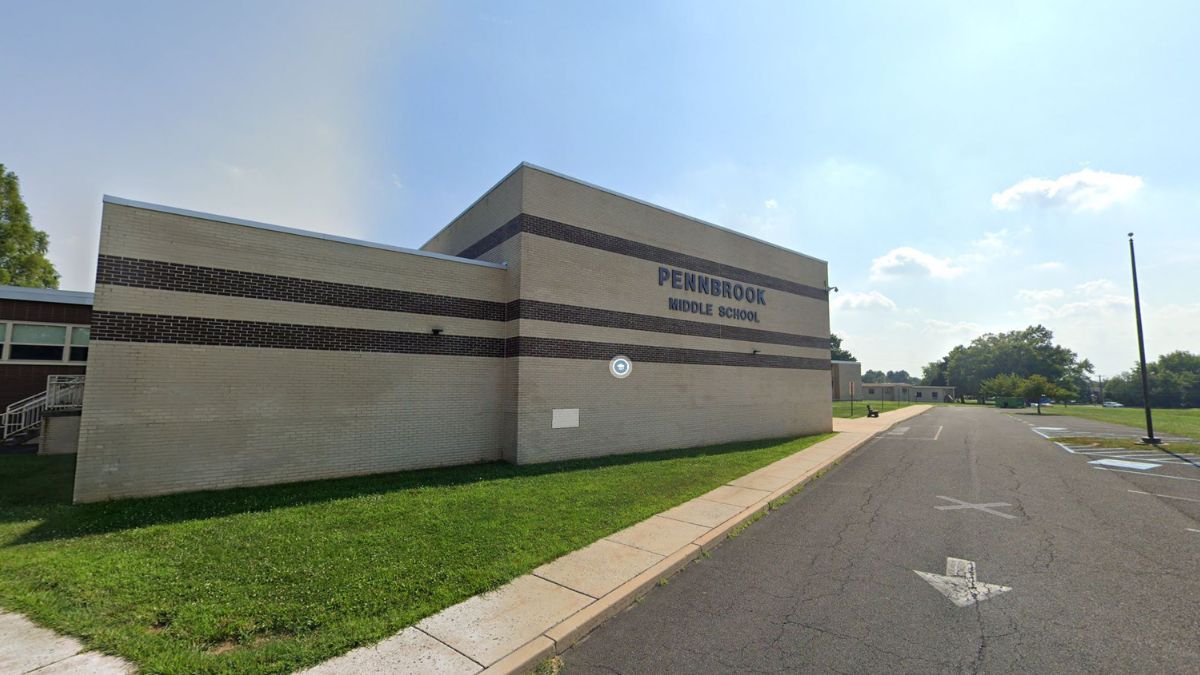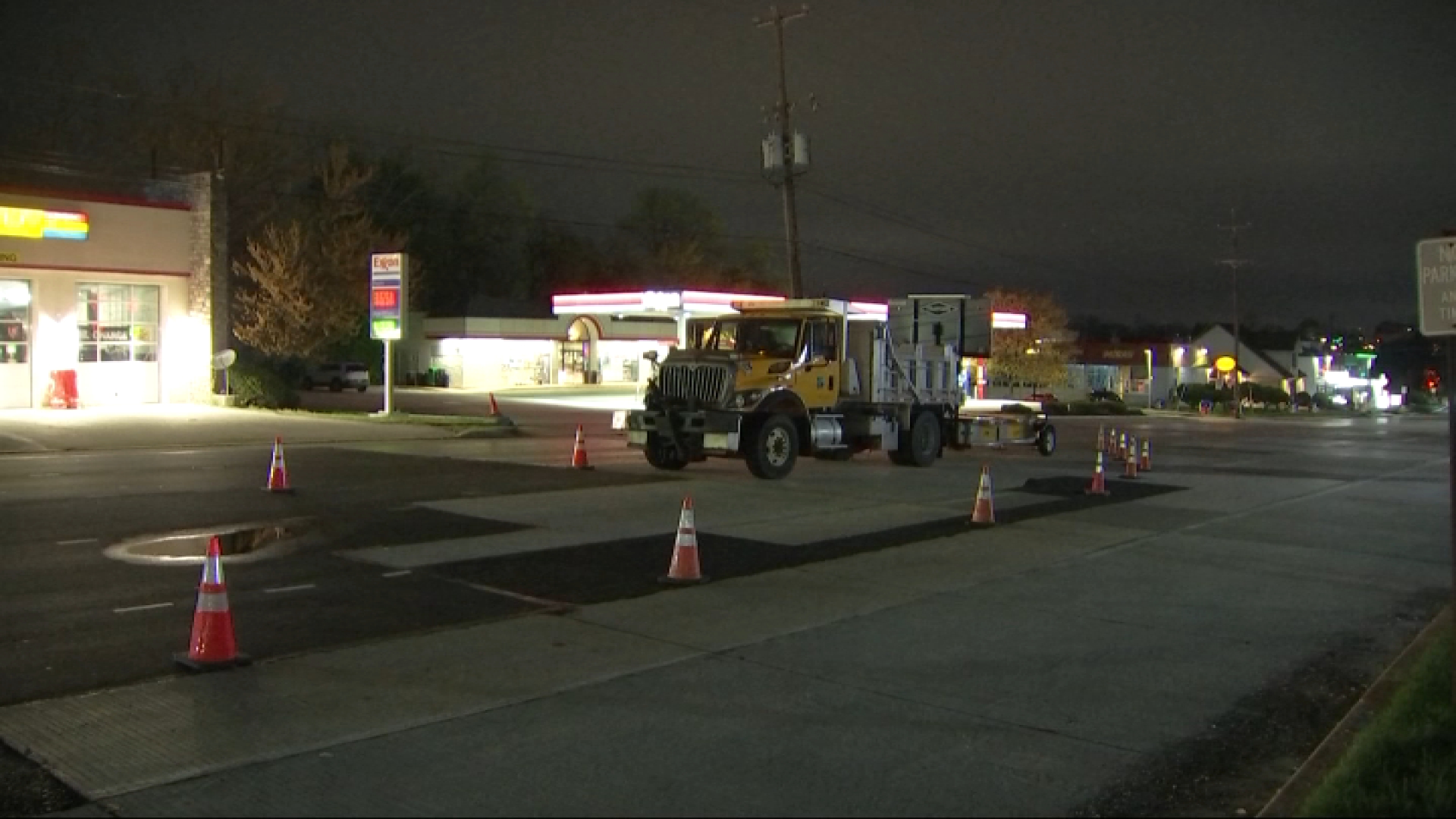What to Know
- The number of suspected cases of mumps increased to 99 at Temple University, officials announced Monday.
- The North Philadelphia school is offering free vaccinations to students and staff this Wednesday and Friday.
- Suspected cases of mumps have also popped up at Drexel University and two Montgomery County, Pennsylvania, school districts.
The number of suspected cases of mumps continues to increase at Temple University, officials announced Monday.
A spokesperson for the Philadelphia Department of Public Health says there are now 16 confirmed and 83 probable cases of the mumps at Temple, bringing the total to 99.
The university has 40,000 students and more than 4,500 staff. The North Philadelphia school is offering free vaccinations to students and staff this Wednesday and Friday from 9 a.m. to 4 p.m. at Mitten Hall's Great Court on 1913 North Broad Street.
Suspected cases of mumps have also popped up at Drexel University and two Montgomery County, Pennsylvania, school districts.
A Drexel University graduate student is believed to have the disease, Dr. Sabir Sahu, the school's Dean of Students, said in an email message to students on Friday. The student lives off-campus.
In Montgomery County, there were 20 suspected cases of the infection as of Friday afternoon. Dr. Richard Lorraine, the county's medical director, said none of the cases have been confirmed positive through laboratory testing at this point.
Local
Breaking news and the stories that matter to your neighborhood.
Among the probable cases are two students: a high schooler from Abington Senior High and an elementary student from North Wales. Both districts sent home letters to parents warning them to be on the lookout for symptoms.
Mumps can be easily spread among people in close quarters through kissing, the sharing of cups and fluids or competing in sports, according to the Centers for Disease Control and Prevention. Symptoms include fever, headache, muscle aches, tiredness, and loss of appetite. Swelling in a person's salivary glands causes puffy cheeks, a signature feature of the disease.
It can take nearly two weeks for mumps symptoms to manifest in an infected person. There is no cure for the virus, but the vaccine has an 88 percent chance of preventing a new infection, the CDC says.
The vaccine's effectiveness can wane over time, however, meaning a booster shot may be necessary to keep up the body's defenses against the virus. Philadelphia health officials previously said that may be why the number of cases is blooming.



